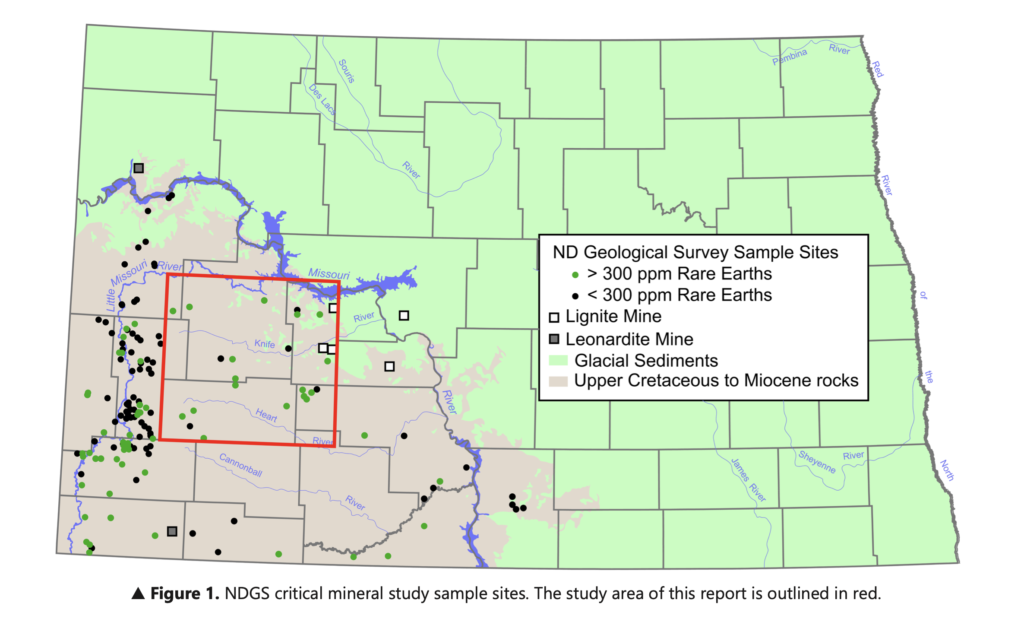KELO-TV picks up a press release from the North Dakota Department of Mineral Resources announcing the discovery of a “massive” deposit of critical minerals like rare-earth elements (REEs) in the Williston Basin in southwestern North Dakota. Immediately I imagine us digging a huge quarry like the one in Iowa where young Jim Kirk parked his dad’s Corvette so we can build electric cars and starships. It would be great to find a source of those critical elements on our home soil:
Critical minerals are defined by the U.S. Government as minerals that are essential to the economic or national security of the states. Typically, these are minerals that make up vital components of modern technologies, especially energy infrastructures and those used in defense applications. However, as important as these minerals are, there is little to no production of them in the United States — and manufacturers in the country are often forced to rely on supplies from foreign countries, some of which are adversaries of our national interests. Much of the global supply of these more valuable rare minerals currently comes from South China.
Although their name suggests that rare minerals are difficult to find, they are relatively common in some types of rocks — however, they do not always concentrate into ores that can be mined. Currently, the US only has one such deposit (the Mountain Pass mine in CA), but this is not enough to fulfill the domestic demand for these materials [Brendan Rodenberg, “Massive ‘Rare Earth’ Deposit Found in Williston Basin,” KELO-TV, 2023.04.25].

But turn to the conclusion of the full report, and you’ll see this find is only maybe-Eureka, not Gentlemen, start your steam shovels:
The enriched lignites identified in this report are likely too thin to be an economic source of REEs, and where thick coals did occur below the Bear Den Member, they were too deep to receive significant REE contributions from the overlying weathered zone. These lignites exhibit considerable lateral variability in thicknesses over short to intermediate distances, and this reportinvestigated only a small handful of outcrops. The potential exists for a thick coal (several feet or more) to occur within the lower Bear Den Member. Questions remain as to the total theoretical REE content a coal in this optimal position (low enough that it wasn’t leached by acidic waters but not so low that the mobilized REE were distributed through a considerable thickness of overlying sediment) would accommodate, but it would likely be the most economic lignite in the basin. Work is currently underway by the ND Geological Survey to identify locations with thicker lignites in the lower Bear Den Member and to characterize the other known weathering profiles within the Fort Union Group [Murphy et al., April 2023, p. 30].
It is worth noting that these deposits are associated with coal, suggesting that even as get over peak coal use and wisely move away from burning coal for power, we’ll still be digging for coal to find the useful minerals mingled with our ancestors’ carbon remains.
Is this like Tucker Carlson asking, “Is ND hiding rare earth elements from the rest of the nation? We don’t know if they are or not. Perhaps some “digging around” would reveal the truth.” :-)
Better check Mud Butte.